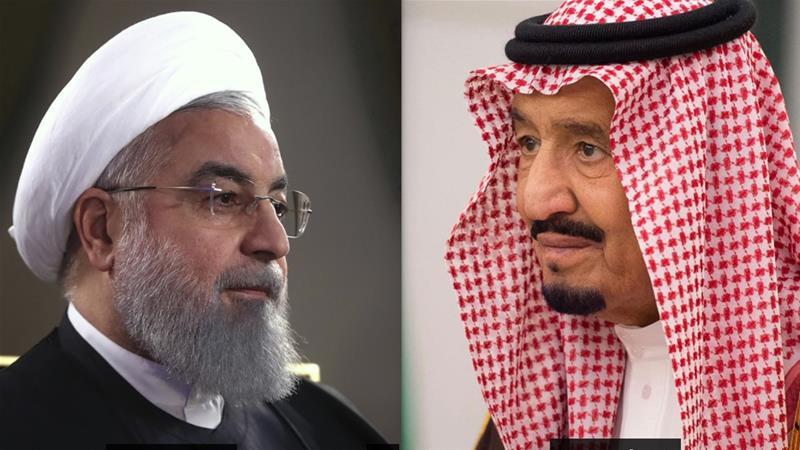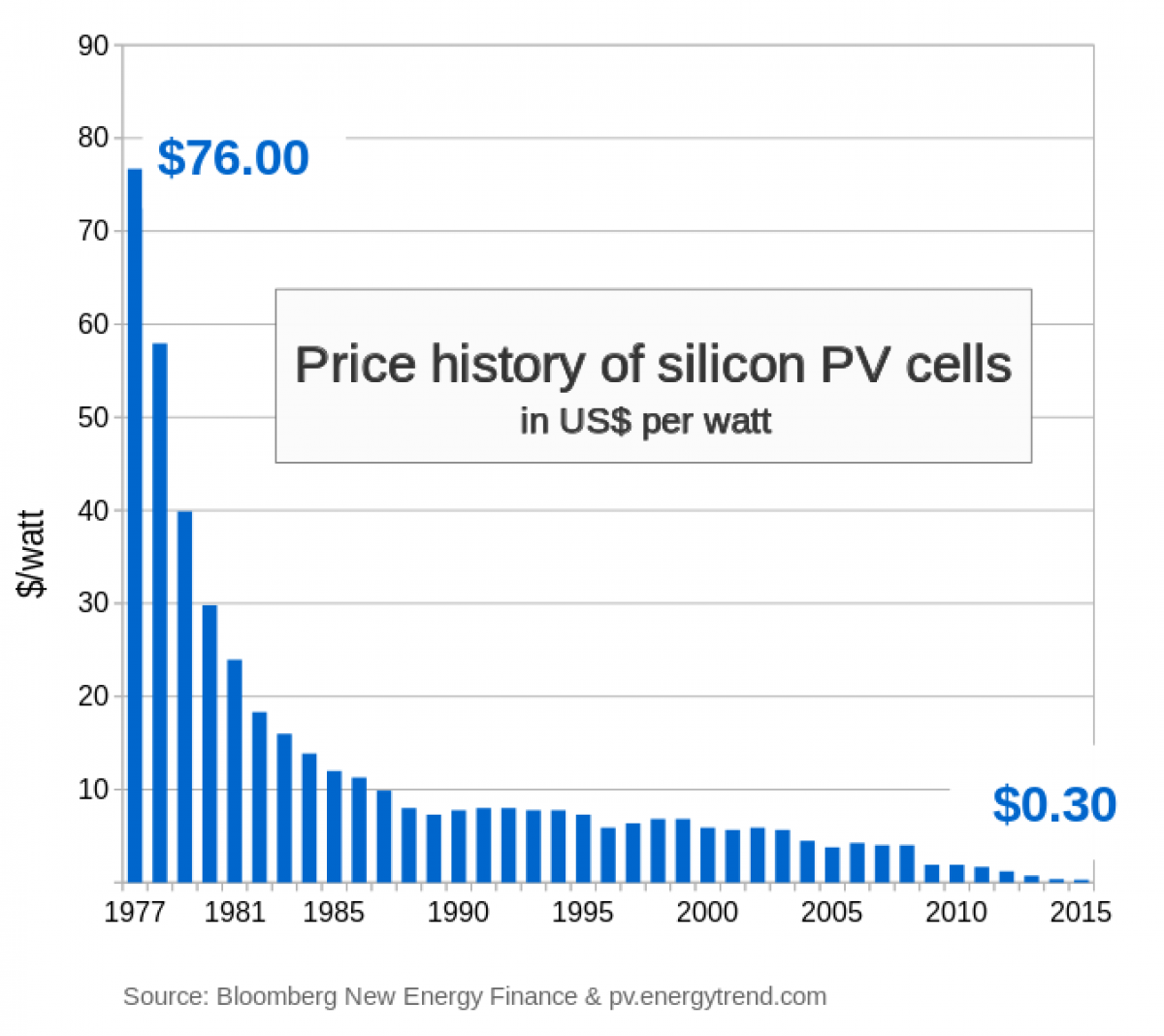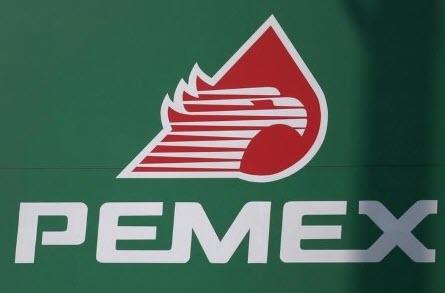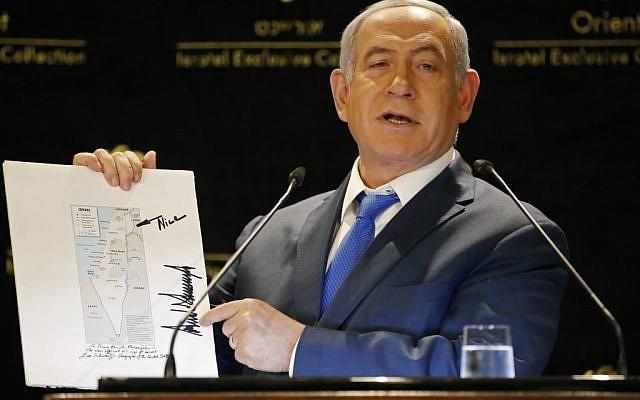Perhaps sensing that the US “maximum pressure” campaign against Iran is fast deflating, with even ultra-Hawk John Bolton late this week saying American military build-up had successfully “deterred” imminent Iran threats – suggesting the crisis has been averted – the Saudis are now going on the offensive.

Saudi Arabia’s aging King Salman went on an anti-Iran tirade during an emergency meeting of Arab leaders hosted in Mecca on Thursday, saying the Shia country is the greatest threat to global security for the past four decades. He also echoed past US and Israeli charges that Tehran is currently developing nuclear and ballistic missiles in order to threaten its neighbors and extend its influence over the region.
He said Iran’s leaders were “harboring global and regional terrorist entities and threatening international waterways.” He called for “using all means to stop the Iranian regime” from its regional “interference”. Iran for its part rejected these as “baseless accusations” and has denied it had any role in a spate of recent “sabotage” attacks in the Gulf region.
The king further condemned Iran’s tactics to disrupt maritime trade and global oil supplies in “glaring violation of UN treaties” following Riyadh’s blaming Iranian operatives for using underwater mines to attack and “sabotage” four tankers near the Strait of Hormuz weeks ago, two of which were Saudi flagged.
“The Iranian regime has been interfering in other countries’ affairs, developing their nuclear programs and threatening international navigation,” King Salman said during his speech, according to a translation by Saudi-owned Al-Arabiya.
Iran has been “supporting terrorism, undermining stability, and looking to expand its influence over the past four decades,” Saudi Arabia’s King Salman said at the GCC Summit in #Mecca. https://t.co/8TMXsarPPK pic.twitter.com/GdQ20I64r2
— Al Arabiya English (@AlArabiya_Eng) May 30, 2019
The Saudis are attempting to build a strong consensus of Arab states which will stand aggressively against Iran and its allies in the region; however, these efforts could be crippled by the ongoing inter-GCC economic and diplomatic war involving Qatar.
The US welcomed the move toward “Arab unity” to confront Iran, with a State Department spokesperson saying Thursday, “Gulf unity is essential in confronting Iran, to confronting their influence, to countering terrorism writ large, and, of course, to ensuring a prosperous future for the Gulf,” according to the AP.
Saudi officials also blamed Iran for fueling the war in Yemen by backing Houthi rebels, which the Saudi coalition has been fighting mostly via airstrikes since 2015, resulting in what the UN has called the “world’s worst humanitarian crisis”. Visiting delegations were even shown destroyed Houthi drones and missile fragments upon their arrival in Jeddah.
Notably, the Iraqi delegation scoffed at the summit’s anti-Iran emphasis. Iraqi President Barham Salih told the summit that stability in Iraq is paramount and that any threats to Iran’s security could spark war in the region, sending fragile post-war Iraq back into sectarian bloodshed and chaos.
This week the Pentagon revealed that nearly 1,000 troops newly deployed to Middle East to counter the Iran threat would be stationed in Saudi Arabia and Qatar.
Over the past week, following Trump’s extended hand for Iran’s leaders to “call me,” we’ve seen a consistent deescalation following weeks of dangerous escalation, including threats and counter-threats of military action by both sides.
Iranian President Hassan Rouhani reportedly said this week that the “road is not closed” on talks with the US if Washington drops the sanctions and returns to upholding the 2015 nuclear deal (JCPOA) – something not at all likely to happen.
via ZeroHedge News http://bit.ly/2Z03VQc Tyler Durden





